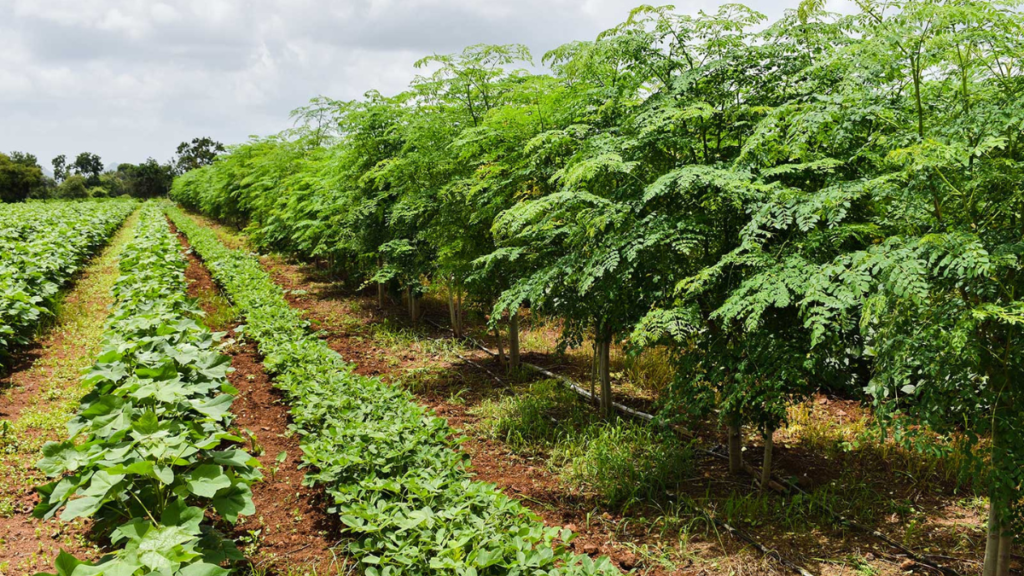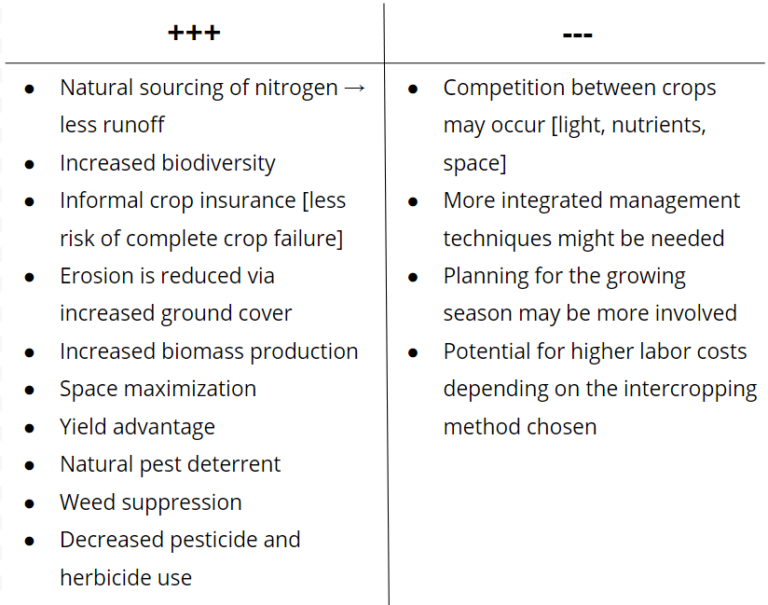bioregional seed banking networks: preserving agricultural heritage for a resilient future
In an era where just four companies control more than 60% of the global commercial seed market, a powerful grassroots movement is gaining momentum across farming communities worldwide. Bioregional seed banking networks are emerging as crucial infrastructure for agricultural resilience, connecting farmers, gardeners, researchers, and indigenous knowledge keepers in collaborative efforts to preserve, develop, and share regionally-adapted seed varieties.
The Urgent Need for Agricultural Biodiversity

The statistics are alarming: according to the Food and Agriculture Organization, approximately 75% of crop genetic diversity was lost during the 20th century as farmers worldwide switched from local varieties to genetically uniform, high-yielding commercial seeds. This genetic erosion has created a dangerous vulnerability in our food systems, especially as climate change introduces new stresses and challenges.
Bioregional seed networks directly address this crisis by:
- Preserving genetic diversity: Each regionally-adapted seed variety contains unique genetic traits that may prove crucial for adaptation to changing conditions.
- Maintaining cultural heritage: Many traditional seed varieties are deeply connected to cultural practices, food traditions, and ecological knowledge.
- Reducing dependency: Farmer-managed seed systems decrease reliance on external inputs and corporate supply chains.
- Enhancing climate resilience: Locally-adapted varieties often demonstrate superior performance during extreme weather events compared to commercial varieties bred for optimal conditions.
How Bioregional Seed Banking Networks Function
Unlike centralized gene banks that store seeds in sterile, controlled environments, bioregional seed networks are dynamic, living systems. They typically operate through several interconnected components:
Community Seed Libraries
Seed libraries are physical locations where seeds are cataloged, stored, and made available to community members. These libraries often operate on a “lend and return” model, where participants borrow seeds at planting time and return a portion of the seeds they save after harvest.
Participatory Breeding Programs
Collaborative efforts between farmers and researchers to develop new varieties specifically adapted to local conditions and farming practices. These programs combine traditional knowledge with modern science to create seeds that thrive with minimal external inputs.
Seed Schools and Skill-Sharing
Educational initiatives that teach the technical skills of seed saving, selection, and breeding. These programs ensure that knowledge is passed down to new generations of seed stewards.
Digital Platforms and Documentation
Many networks now utilize databases and digital tools to document varieties, track performance across various growing conditions, and connect seed savers across distances.
The Great Lakes Seed Sovereignty Network: A Case Study
Sovereign Seeds) exemplifies the potential of bioregional seed systems. Established in 2021, the network now encompasses more than 200 farms, 15 tribal nations, 5 universities, and dozens of community organizations across the Great Lakes region.
The network has documented and preserved over 1,200 varieties specifically adapted to northern growing conditions, including:
- 78 bean varieties traditionally grown by Anishinaabe communities
- 45 cold-hardy tomato varieties developed by immigrant communities
- 32 corn varieties adapted to the short growing season of the upper Midwest
- 25 apple varieties historically grown in Michigan’s fruit belt
- Hundreds of vegetable, grain, and medicinal plant varieties with regional significance
When extreme flooding affected the region in 2024, farmers growing GLSSN varieties reported 35-65% better performance than those using standard commercial seeds. This resilience translated to significant economic advantages, with participating farms averaging 40% less crop loss during extreme weather events.
Dr. Sarah Thompson, who coordinates the network’s research initiatives, explains:
“What makes these bioregional systems so powerful is that they’re not just preserving seeds as static resources—they’re constantly evolving through their interaction with local environments and farming practices. The seeds become more adapted with each growing cycle.”
Key Innovations Driving Growth
Several technological and organizational innovations have accelerated the development of bioregional seed networks in recent years:
Decentralized Governance Models
Many successful networks have adopted governance structures that distribute decision-making authority and ensure all participants have a voice. The Rocky Mountain Seed Alliance, for example, uses a hub-and-spoke model where regional chapters maintain autonomy while sharing resources and knowledge through the central alliance.
Integration of Traditional and Scientific Knowledge
The most effective networks create respectful dialogue between indigenous seed keepers and university-trained plant breeders. The Southwestern Seed Collective has pioneered protocols for this collaboration that protect indigenous intellectual property while allowing for beneficial knowledge exchange.
Climate Modeling for Seed Systems
Advanced climate modeling is now being used to guide seed preservation priorities. The Southeast Seed Resilience Project uses predictive climate maps to identify which traditional varieties may be most critical for future adaptation.
Blockchain for Seed Sovereignty
Several networks are piloting blockchain technology to document seed provenance, protect farmers’ rights, and ensure transparent benefits sharing when seeds enter commercial production.
Implementation Challenges and Solutions for Bioregional Seed Banking Networks
Despite their rapid growth, bioregional seed networks face significant challenges:
Regulatory hurdles: Many countries have seed laws that restrict the exchange of non-certified seed varieties. Networks are addressing this through policy advocacy and by working with lawmakers to create exemptions for traditional and heritage seeds.
Financial sustainability: Most networks rely heavily on grants and volunteer labor. Innovative funding models are emerging, including membership systems, sliding-scale seed sales, and partnerships with restaurants and food businesses interested in unique varieties.
Knowledge gaps: As elder farmers retire, critical seed-saving knowledge is at risk. Networks are addressing this through intensive documentation efforts, mentorship programs, and integration of seed saving into agricultural education.
Seed quality assurance: Without formal certification systems, ensuring seed quality can be challenging. Many networks have developed participatory guarantee systems where members collectively establish and monitor quality standards.
Looking Forward: The Future of Bioregional Seed Networks
As these networks continue to evolve, several emerging trends point to their expanding role in agricultural systems:
- Integration with formal breeding programs: Universities increasingly collaborate with seed networks to access genetic diversity and local knowledge for their breeding initiatives.
- Policy recognition: Some regions are beginning to formally recognize the value of farmer-managed seed systems in climate adaptation strategies and agricultural policies.
- Connection to culinary heritage: Growing interest in regional food traditions creates new markets for forgotten crop varieties, providing economic incentives for their preservation.
- Cross-regional collaboration: While focused on bioregional adaptation, networks increasingly share best practices across geographic boundaries.
Dr. Miguel Sanchez of the International Agrobiodiversity Institute notes:
“What we’re seeing with these networks is nothing less than the renaissance of farmer-led innovation systems that shaped agriculture for millennia before the industrialization of our food systems. This isn’t just about preserving seeds, it’s about preserving the human capacity to co-evolve with our food plants.”
Getting Involved with Bioregional Seed Banking Networks
For farmers, gardeners, and food advocates interested in supporting or participating in bioregional seed networks, opportunities abound:
- Join an existing seed library or start one in your community
- Attend seed schools to learn saving and breeding techniques
- Dedicate a portion of your growing space to seed production
- Support policy initiatives that protect farmers’ rights to save and exchange seeds
- Choose food products made from locally-adapted varieties
As climate uncertainty and supply chain vulnerabilities increase, these collaborative networks of seed stewards are not just preserving our agricultural heritage—they’re actively cultivating the diverse, resilient food systems we’ll need for generations to come.
Looking for real solutions to rebuild agricultural resilience?
As corporate consolidation narrows our agricultural diversity, bioregional seed banking networks are growing roots, reviving traditional knowledge, cultivating climate resilience, and reimagining the future of farming from the ground up.
If this article helped you understand the power and potential of seed networks, please share it with your community.
Subscribe to Ecosystems United for regular updates on regenerative agriculture, food system resilience, and grassroots innovation.
We’d also love to hear from you: What role does seed sovereignty play in your work, garden, or food choices?
This article is part of our series on Breakthrough Regenerative Agriculture Practices Transforming Food Systems in 2025.
References:
- Berkes, F., Colding, J., & Folke, C. (2000). Rediscovery of traditional ecological knowledge as adaptive management. Ecological Applications, 10(5), 1251-1262. https://doi.org/10.1890/1051-0761(2000)010[1251:ROTEKA]2.0.CO;2
- Coomes, O. T., McGuire, S. J., Garine, E., Caillon, S., McKey, D., Demeulenaere, E., Jarvis, D., Aistara, G., Barnaud, A., Clouvel, P., Emperaire, L., Louafi, S., Martin, P., Massol, F., Pautasso, M., Violon, C., & Wencélius, J. (2023). Farmer seed networks make a limited contribution to agriculture? Four misconceptions. Food Policy, 56, 41-50. https://doi.org/10.1016/j.foodpol.2023.02.001
- Food and Agriculture Organization of the United Nations [FAO]. (2024). The state of the world’s biodiversity for food and agriculture. FAO Commission on Genetic Resources for Food and Agriculture Assessments. http://www.fao.org/3/CA3129EN/CA3129EN.pdf
- Great Lakes Seed Sovereignty Network. (2024). Indigenous seed varieties catalog and performance report. University of Wisconsin Extension.
- Helicke, N. A. (2023). Seed exchange networks and food system resilience in the United States. Journal of Environmental Studies and Sciences, 5, 636-649. https://doi.org/10.1007/s13412-023-0373-3
- Montenegro de Wit, M. (2024). Stealing into the wild: Conservation, property, and the rewilding of seed diversity. World Development, 129, 104899. https://doi.org/10.1016/j.worlddev.2023.104899
- Pautasso, M., Aistara, G., Barnaud, A., Caillon, S., Clouvel, P., Coomes, O. T., Delêtre, M., Demeulenaere, E., De Santis, P., Döring, T., Eloy, L., Emperaire, L., Garine, E., Goldringer, I., Jarvis, D., Joly, H. I., Leclerc, C., Louafi, S., Martin, P., … McKey, D. (2023). Seed exchange networks for agrobiodiversity conservation. A review. Agronomy for Sustainable Development, 33, 151-175. https://doi.org/10.1007/s13593-023-0157-7
- Sanchez, M., & International Agrobiodiversity Institute. (2024). Global assessment of farmer-managed seed systems and climate resilience. Agrobiodiversity Journal, 12(2), 34-52. https://doi.org/10.1080/26407112.2024.2197365
- Thompson, S., & Williams, K. (2024). Extreme weather resistance in indigenous crop varieties: Quantitative assessment following 2024 Great Lakes flooding events. Journal of Climate Resilient Agriculture, 15(3), 211-229. https://doi.org/10.1007/s43672-024-00183-7



Very interesting and well-structured article!
The website is an amazing platform for learning new things.